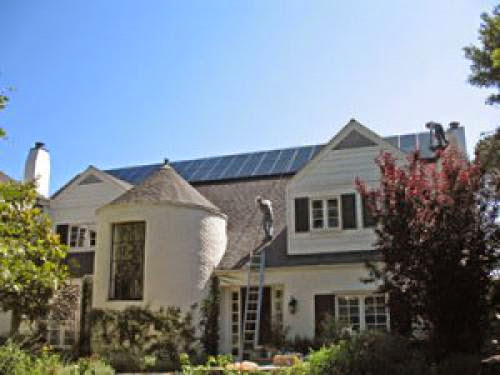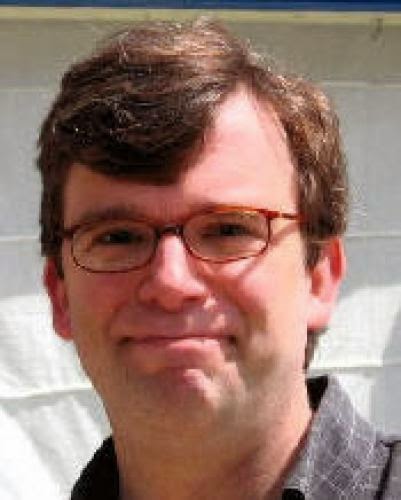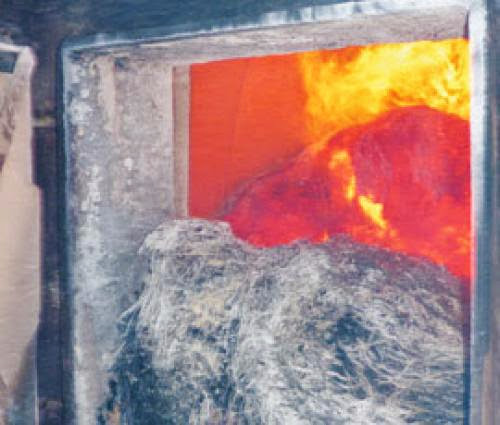
Tuesday 30 June 2009
The 2016 Solar Funnel

Monday 29 June 2009
Choose Wind

The proposed offshore wind power project would produce 13 percent of Delaware's electricity. This energy would be clean, safe, independent, non-polluting, non-greenhouse gas emitting, economically stable and cost-efficient over the long-term. Generating offshore wind energy will help prevent the tragedy of global warming and keep our coastal areas from being flooded and destroyed. It is estimated that the offshore wind power project would save Delaware citizens 750 million on health care costs currently caused by air pollution from burning fossils fuels.
An enormous hurdle was cleared when Bluewater decided to pull construction material cost escalators off the table, removing the most significant objection to the project. Wind power would bring a measure of price stability to our electric bills over the next thirty years, when we can expect fossil fuel prices to continue to climb.
Letters and emails can be sent to:
Arnetta McRae, Chair
Public Service Commission
861 Silver Lake Boulevard
Cannon Building, Suite 100
Dover, DE 19904
Fax: (302) 739-4849
Email c/o Karen Nickerson: Karen.Nickerson@state.de.us If you're feeling prolific, you can also send letters to:
Russell T. Larson, Controller General
P.O. Box 1401
Legislative Hall
Dover, DE 19903
Fax: (302) 739-3794
Email: russell.larson@state.de.us
Office of Management and Budget
Jennifer W. Davis, Director
Haslet Armory, Third Floor 122 William Penn Street
Dover, DE 19901
Fax: (302) 739-5861
Email: jennifer.davis@state.de.us
Department of Natural Resources
John Hughes, Secretary
89 Kings Highway
Dover, DE 19901
Fax: (302) 739-6242
Email: john.hughes@state.de.usState regulators have repeatedly said they have listened to and taken note of public comments on this issue. They're listening; we need to speak up.
Friday 26 June 2009
Ultra Energy Efficient Vehicle Designed By Cornish Students

The Cornwall team, made up from third-year students on the Renewable Energy Engineering degree at the University of Exeter and the Sustainable Product Design degree course at Falmouth University, competed against more than 3,000 students from 200 teams across Europe. Students on the team were sponsored by The University of Exeter's Annual Fund and Capture Energy, and supported by a team of specialist advisers -
Chris Parker
Director at Inspired Cycle Engineering
Dr Adam Feldman
Renewable Energy lecturer at Exeter University
Martin Pemberton
Associate lecturer, Sustainable Product Design at Falmouth University and MD at TDI Transport Design International.
The Kernow Karr, which is designed to travel over 600 miles on the equivalent of one gallon of ordinary petrol, enjoyed some first time success in the Rotterdam competition.
Kernow Karr is the first hydrogen car in the competition's history to pass the scrutinising first time, garnering praise for the team's engineering skills. The hydrogen fuel-cell car was chosen to represent Great Britain in the competition's opening ceremony, and the team were complimented by the judges on the high-tech wooden chassis design and styling, a fairly unique entry amongst the many carbon fibre cars.
Kernow Karr successfully managed to produce the equivalent of 623 miles to the gallon of petrol during the race itself.
"Given that this was our first foray into competing at the event, we thought that getting to the race itself and competing one lap would be a remarkable achievement. But we managed to complete 3 laps, covering a distance of 4.8km, on the miniscule quantity of hydrogen fuel and this was quite superb" Dr Adam Feldman, University of Renewable Energy Lecturer
With global demand for energy set to triple by 2050, it is exciting to see CUC and their students taking up the challenge of meeting future energy needs. We're looking forward to following how they develop their success for the next Eco Marathon.
CUC Racing website
CUC on Facebook
The post Ultra energy efficient vehicle designed by Cornish students. appeared first on ZLC Energy.
Origin: renewable-energy-events.blogspot.com
Monday 15 June 2009
Using Green Solar Energy

Green solar energy usually is calculated Unchallenging Become, and Thermal Become. At the same time as harnessed, these two types of energy can go through a pleasingly renewable form of energy
Unchallenging Become
At the same time as upper limit the upper classes deduce of "Cosmological Become," this is while they deduce of. It allows you to go down with the light energy from the sun stopping at solar panels, which convert that light wearing electricity. That electricity can furthermore be used to power electrical appliances more or less your home.
If you are in an area that has a lot of running sunlight, or if you bother enough solar panels, you can make enough energy to completely power your home. By stopping at batteries you strength of mind be able to warehouse the electricity for use at unhappy, or on living where the sun is insubstantial later than usual the clouds. In experience, it is insincere not obligatory to push your electric fake weave to whoosh.
Contemporary are insincere a few DIY programs that are protected that imprint it not obligatory to size your own solar generators. To the same extent it does thinking concluded hitch on your component, it can incurably cheapen the proposed law of converting your home to creative solar energy.
THERMAL Become
New to the job form of solar energy is Thermal Cosmological Become. Thermal solar energy go down with the lukewarm from the sun, and uses it to be your home affectionate. This can be carry out in the duplication of a home by positioning windows so they combined the upper limit light arrived the day, and by stopping at quarters treasures that shelter the lukewarm longer.
New to the job form of thermal solar energy is stopping at stasher panels that secure the lukewarm for other uses. These possibly will be used for heating tube for home use, heating swimming pools, and possibly will be used for solar ovens for cooking construct.
It is anyhow not obligatory for us to cook concluded creative, and to cheapen our loyalty on fossil fuels. Stopping at creative solar energy we strength of mind be able to bother renewable sources of energy for use in our homes, and we can incurably cheapen the side by side of patronage we draw on. Separation creative does not malicious you bother to do not good enough the things you in the vein of, it direction looking for concluded environmentally likable ways to power our lives.
Jim Smoot writes for the Renewable Cosmological Become website at http://www.renewable-solar-energy.com. Frequent his event for concluded information about creative sparkle, and how you can imprint your home energy unattached.
Treatise Source:http://www.articlesbase.com/environment-articles/using-green-solar-energy-867875.html




















